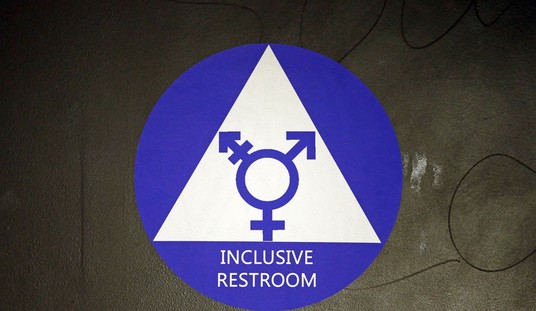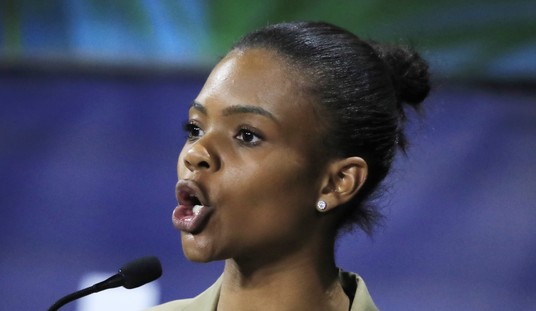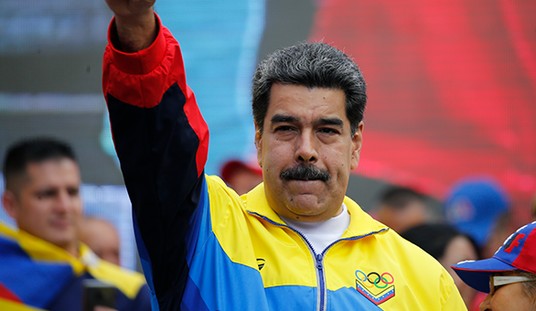Last week, the New York Times published an article about “signs of hope” in the West Bank (and in the city of Nablus in particular) that “refreshingly breaks with the standard narrative”:http://www.nytimes.com/2009/07/17/world/middleeast/17westbank.html?_r=2&hp of Palestinian desperation and misery. The Israeli military recently closed down its checkpoint into the city, along with other checkpoints elsewhere in the territories. The economy is growing instead of contracting. Downtown is full of shoppers. Islamist scolds have backed off. Police make sure passengers have fastened their seat belts.
It sounds like Nablus has more or less become a normal Middle East city.
Earlier this year in Jerusalem, Palestinian journalist Khaled Abu Toameh told me how much the West Bank surprises visitors now. “The other day,” he said, “someone came for the first time ever to this part of the world, and he called me and asked me to take him to Ramallah. So I drove him to downtown Ramallah, and we stopped there. The man was shocked. He said, ‘Where are the refugee camps? Where are the mud houses? Where’s the poverty?’ I said, ‘Why are you asking me these questions?’ He said, ‘I’m shocked. Look how nice it is.’ ”
I laughed out loud because I had a similar experience myself three years ago before the recent improvements. I didn’t expect to see “mud houses.” As far as I know, no one has ever reported the existence of “mud houses” in Ramallah. The usual Palestinian narrative, though, seems to encourage some people’s vivid imaginations.
But I was still startled by what Ramallah actually looked like. I expected to see, and to write about, squalid living conditions. I had already seen the Sabra and Shatila Palestinian refugee camps in Lebanon, and the awfulness of those places is hard to describe.
I figured Ramallah wouldn’t be that bad, but I didn’t expect it to look so much better than lots of cities, and not just refugee camps, that I’ve seen in the region.
It was in early 2006, shortly after Hamas won the election, when I took a taxi from the Qalandia checkpoint outside Jerusalem to Ramallah with a Palestinian man named Sufian. “Here, in part, is what I wrote at the time”:http://www.michaeltotten.com/archives/2006/05/the-other-side-of-the-green-li.php:
I stepped out into a surprisingly pleasant urban environment.
“No offense, Sufian, but this city is a lot nicer than I expected,” I said.
“Ramallah is beautiful,” he said with pride.
I didn’t think it was beautiful, exactly, but it did not look even remotely like the Third World war zone it’s reputed to be. I noticed no visible poverty once we left the squalor around the checkpoint. I was, however, warned by Israelis that Ramallah and Bethlehem are much nicer than the rest of the West Bank and need to be judged accordingly.
[…]
Ramallah is also in much better physical condition than the parts of Lebanon ruled by Hezbollah, even though Ramallah has experienced war a lot more recently. In fact, Ramallah is in better condition than any Shia region of Lebanon whether it’s ruled by Hezbollah or not. The only Sunni part of Lebanon that looks nicer than Ramallah is West Beirut.
Ramallah didn’t have the glitz of Beirut or the French-Arab Mediterranean charm of a city like Tunis. But it beat the pants off Cairo, one of the biggest tourist destinations in the whole Arab world. It looked a lot like Amman — an Arab city with a pretty good reputation. It was so much nicer than Baghdad, it’s pointless to even make the comparison.
“Read the rest in Commentary Magazine”:http://www.commentarymagazine.com/blogs/index.php/totten/73851.









Join the conversation as a VIP Member